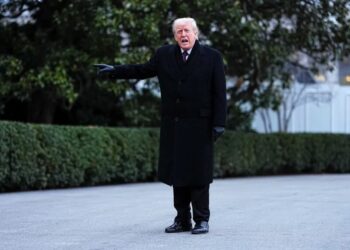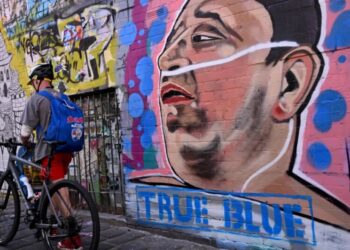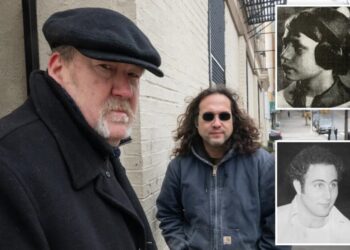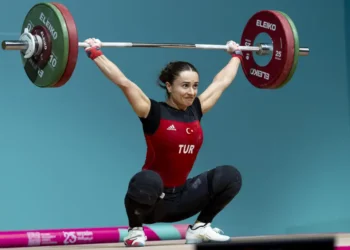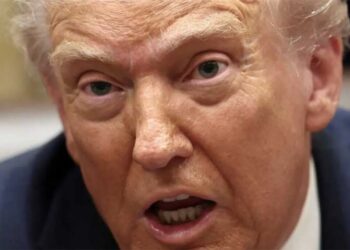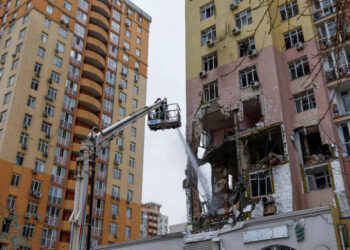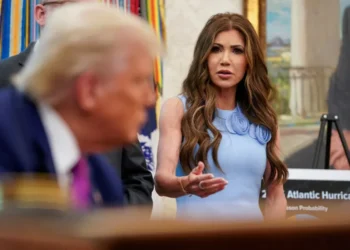‘January’s going to be a big month’: GOP lawmakers look to reclaim power from Trump
A growing number of Republican lawmakers are growing dissatisfied with the ever-increasing power of the executive branch under President Donald...
The 2025 stories that prove people still run toward danger
One of my favorite books is Larissa MacFarquhar’s Strangers Drowning: Impossible Idealism, Drastic Choices, and the Urge to Help. The...
Bronx girl’s 1970 murder could be tied to Son of Sam, retired detective and crime buff believe
Son of Sam serial killer David Berkowitz may have had his first taste of blood at only 17. Five years...
10 Goldman Sachs leaders share the books and podcasts that made them smarter in 2025
From left: Anthony Gutman, David Solomon, Jacqueline Arthur. Courtesy of Goldman Sachs10 Goldman Sachs leaders shared their go-to book and...
The Year in Food
This is an edition of The Wonder Reader, a newsletter in which our editors recommend a set of stories to...
Malcolm Gladwell tells young people if they want a STEM degree, ‘don’t go to Harvard.’ You may end up at the bottom of your class and drop out
If you have sky-scraping dreams of attending an Ivy League university, maybe reconsider, according to author Malcolm Gladwell. “If you...
Why West Africa is worth worrying about
A not insignificant cohort of President Donald Trump’s advisers want the United States to abandon widespread commitments abroad and instead...
Muscle mommies want more protein — and brands are racing to feed them
Women, seeking muscle gains and weight loss, are driving innovation in the protein snack segment. Mohammed Saad/Anadolu via Getty ImagesWomen,...
Trump’s inability to ‘stay on message’ is raising new Epstein questions: journalist
Donald Trump’s Truth Social outburst on Friday, where he flipped out over reports that there are one million more Jeffrey...
Hundreds of animals were rescued from a fur farm. Meet Sadie and Seth.
Red foxes are known for their keen sense of smell and habit of crouching before leaping onto their prey. In...
